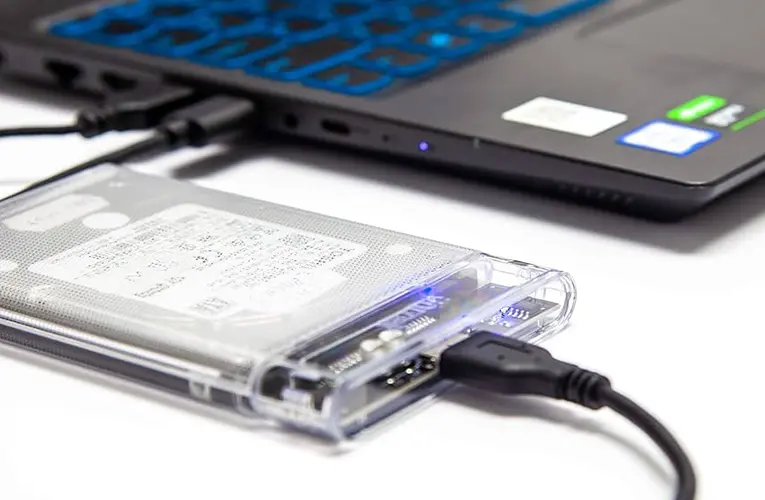Don’t Settle for Data Loss: Top Solutions to Recover Everything
The sinking feeling of realizing you’ve lost important data – documents, photos, videos – can be truly heart-stopping. Whether it’s due to accidental deletion, formatting errors, system crashes, or even malware attacks, data loss can be a major setback. However, before resigning yourself to the worst, there are effective solutions available to help you recover your precious files. This comprehensive guide explores the different causes of data loss, dives into various data recovery methods, and equips you with the knowledge to potentially retrieve your lost treasures.
Understanding the Enemy: Common Causes of Data Loss
Data loss can occur for various reasons, some preventable and others unforeseen. Being aware of these potential pitfalls can help you take proactive measures to safeguard your data:
- Accidental Deletion: A simple slip of the finger and hitting “delete” on a crucial file can be devastating. Understanding how your operating system handles deleted files is crucial for potential recovery.
- Formatting Errors: Formatting a storage device erases all data on it. While sometimes necessary, accidental formatting can lead to significant data loss.
- Hardware Failure: Physical damage to your storage device (hard drive, SSD, memory card) can render data inaccessible. Power surges, overheating, or mechanical failures can all contribute to hardware malfunctions.
- Software Corruption: Software glitches, malware infections, or system crashes can corrupt files or even entire file systems, making data inaccessible.
- Human Error: Accidental overwriting of files, improper device removal, or neglecting backups are all human errors that can lead to data loss.
The Recovery Toolbox: Exploring Your Options
When faced with data loss, don’t panic! Several data recovery methods can potentially salvage your lost files. Here’s an overview of the most common approaches:
-
Built-in Recovery Tools: Modern operating systems often have built-in recovery features. For instance, the Recycle Bin on Windows or the Trash folder on macOS offer a temporary safety net for accidentally deleted files.
-
Data Recovery Software: A wide range of data recovery software is available, catering to both basic and complex data loss scenarios. These programs scan your storage device for traces of deleted files and attempt to reconstruct them. Some popular options include Recuva, EaseUS Data Recovery Wizard, Disk Drill, and Stellar Data Recovery. Important Note: Data recovery software success rates vary depending on the severity of data loss and the condition of the storage device. It’s crucial to choose reputable software and ideally avoid installing it on the same drive where you lost data (to minimize the risk of overwriting recoverable files).
-
Professional Data Recovery Services: For critical data loss situations, or when software solutions fail, professional data recovery services can be a last resort. These companies have specialized tools and expertise to recover data from even severely damaged storage devices. However, professional data recovery services can be expensive, so weigh the cost against the value of the lost data.
Prevention is Key: Safeguarding Your Data for the Future
While data recovery solutions can be lifesavers, the best approach to data loss is prevention. Here are some proactive steps to keep your data safe:
- Regular Backups: Developing a consistent backup routine is the cornerstone of data protection. Back up your critical files to an external hard drive, cloud storage service, or a combination of both. Implement a backup schedule that ensures your data is regularly updated on your backup destination.
- Safe Removal of Devices: Always use the “Safely Remove Hardware” function on your operating system before ejecting external storage devices like USB drives or memory cards. This ensures the operating system finishes any write operations before disconnecting the device, reducing the risk of data corruption.
- Antivirus and Anti-Malware Software: Install and maintain reputable antivirus and anti-malware software to protect your system from malicious attacks that can corrupt or delete your data.
- Software Updates: Keeping your operating system and software applications up to date often includes security patches that address vulnerabilities that could lead to data loss.
A Fight Worth Winning
Data loss can be a stressful experience, but with the right knowledge and tools, you have a chance to recover your lost files. By understanding the causes of data loss, exploring data recovery methods, and implementing preventative measures, you can safeguard your valuable information for the future. Remember, a proactive approach to data protection is the best defense against the sinking feeling of data loss.










